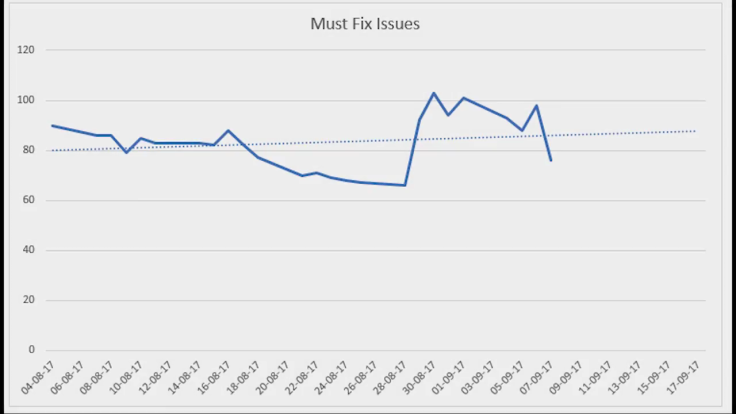Star Citizen’s latest Around The Verse is here, and it offers a brief look at the progress of Alpha 3.0 and the game’s Actor Status System. It’s how the player actively responds to movement, stance, equipment, weight and various environmental conditions.
First, let's recap everything going on with 3.0. Following last week’s post-Gamescom issue spike, the alpha’s remaining must-fix bugs have decreased from 94 to 76. Of course, that doesn’t mean all is perfect on the development side. Studio heads outlined issues related to screen flicker, jittering, wonky shopkeeper animations and randomly dying in certain locations around outposts. On the bright side, turrets are getting new features, though. Cloud Imperium Games Studio Director Eric Kieron Davis also made a quick statement to assure backers that progress is being made even if it doesn’t always appear that way:
"We're really going through this release with a fine-tooth comb, making sure all of the new tech and features work harmoniously together. So, while we're all working passionately to knock out the mountain of blockers, uncovering one thread may unravel and reveal a whole myriad of issues that we always hope will knock out more than one big issue at a time.
“Putting my personal dreams aside, as we're completing and polishing features, those numbers are going to change, and sometimes dramatically. Sometimes higher, sometimes lower."
As of now, we’re fortunately looking at a case of the latter being true.

Moving on to the feature ATV segment, this week focused on the Actor Status System, the grouping of systems that impact the player’s vitals. It’s tied into the larger atmosphere system, in which every room in the Star Citizen universe has varied gas compositions. Rooms with the right amount of oxygen will help the player recover from limited status changes faster, while too much oxygen or other elements may be harmful.
Gas compositions are just one piece of a much larger puzzle. Actor status also includes other attributes like movement, stance, equipment, g-force and weight, all of which can alter breathing, and breathing impacts the character’s physical state.
The main point being driven home is that everything in the Star Citizen universe has a positive or negative impact on stamina. Sprinting into a chaotic battle, for example, might temporarily nerf the player’s aim. Walking or taking a rest beforehand will ensure they’re ready for action. Walking allows the player to regenerate stamina faster, and standing still offers maximum regeneration. Stay put for too long, however, and you just might run out of oxygen.
As expected, these states scale from barely noticeable to very obvious depending on the level of fatigue. Its creators see the system as a way of rewarding mindfulness as opposed to prioritizing rash action.
There are quite a few ways the player is made aware of these states, but the primary vehicles are MobiGlass, sound effects and visual effects. As seen above, MobiGlass offers a visual representation of vitals no matter which model you buy. More advanced monitors may display atmospheric conditions several rooms ahead instead of just the current one. On the audio side, labored breathing or grunts will demonstrate how tired your character has become. For breathing alone, the audio team has created 13 different styles that have been accurately depicted by animators. Aspects like head tilt, speed of breath and lung volume are all taken into account.
In the future, the goal is to provide status impact for things like long-term illness, poison, drunk behaviors, radiation sickness and more. Once these concepts are optimized for humans, designers hope to experiment with other alien races that may rely on different elements or conditions to survive.
Star Citizen is available now for backers on PC. Alpha 3.0 is expected to enter public testing this month.
How do you feel about 3.0? Does the Actor Status System intrigue you? Tell us in the comments section!

















